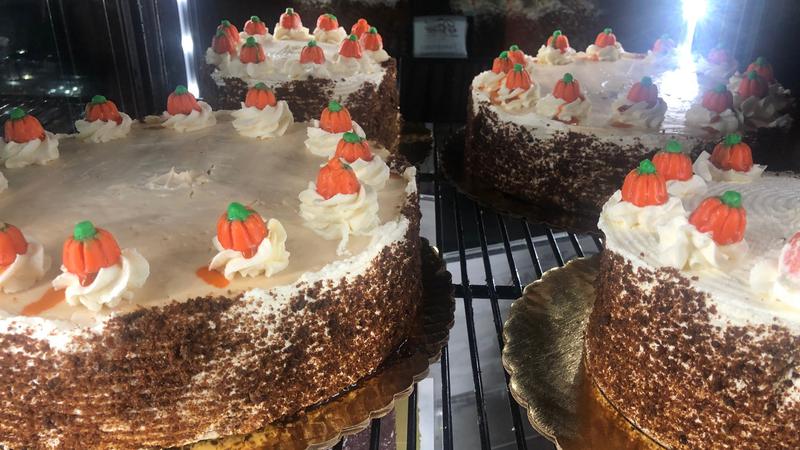
The Appalachian Apple Hunter Who Saved 1,200 Lost Varieties
Featured in Ripley's Believe It or Not!

Rescuing more than 1,200 lost varieties of apples isn’t for the faint of heart. It requires meticulous organization, persistence, and research methods that range from conventional to one-of-a-kind.




